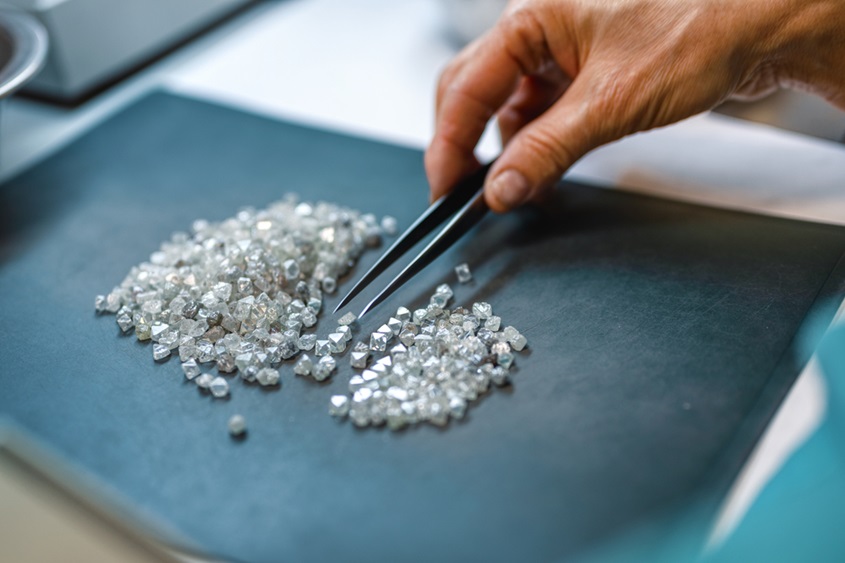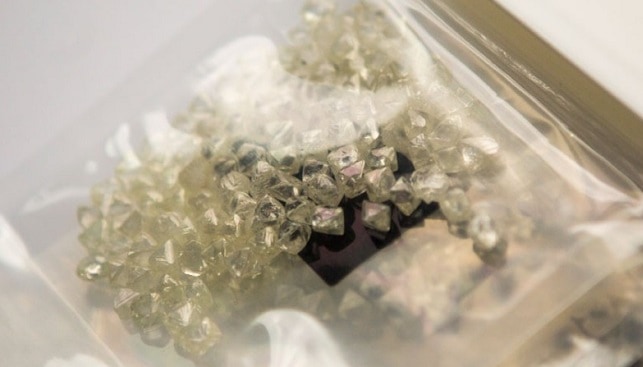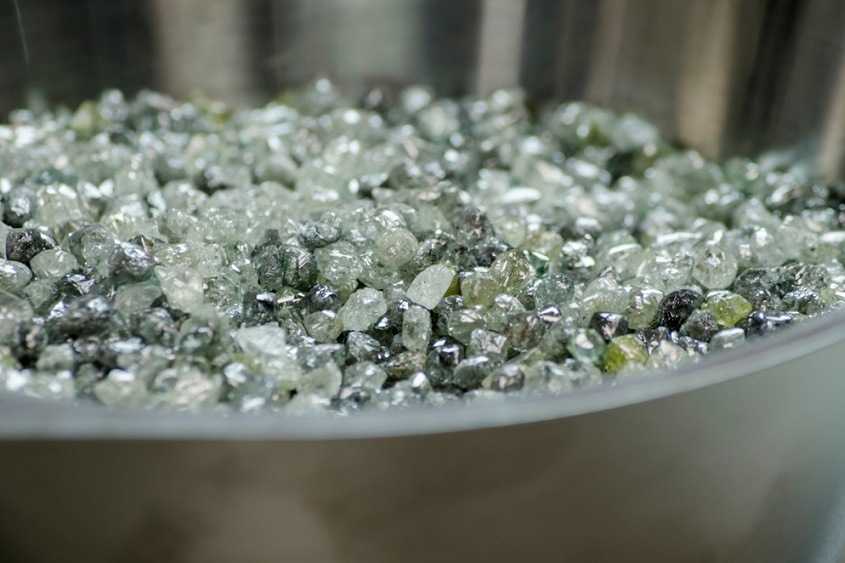The world’s pacemakers, drones, satellites and spacecraft could soon be a whole lot safer and easier to maintain: according to new research done by a team of scientists headed by Tom Scott, Professor in Materials in the University of Bristol’s Interface Analysis Centre, batteries crafted from new lab-grown diamonds could last for more than 5,000 years. The innovative was presented at the Cabot Institute’s sold-out annual lecture – “Ideas to change the world”- on Friday, 25 November.
According to several news sources, the scientists in Scott’s team in Bristol created the radioactive diamond batteries by converting nuclear waste. They could be used to power pacemakers, drones, satellites, spacecraft and other equipment which needs to run reliably for a long time.
This new ambitious projects, Scoot claims, is a breakthrough that could simultaneously help to solve a multitude of problems, including the safe disposal of nuclear waste, clean electricity generation and prolonging battery life.
How did they do it?
The scientists created a prototype “diamond battery” using radioactive isotope called Nickel-63 as their radiation source. The man-made diamond produces a charge simply by being placed in close proximity to a radioactive source.
They are now working on improving the efficiency of the device. To do this, they are using carbon-14, a radioactive version of carbon, which is generated in graphite blocks used to moderate the reaction in nuclear power plants.The carbon-14 is concentrated at the surface of these blocks, which makes it possible to remove the majority of the radioactive material. The extracted carbon-14 is then incorporated into a diamond to produce a nuclear-powered battery.
In Britain, there are currently about 95,000 tonnes of graphite blocks and by extracting carbon-14 from them, their radioactivity decreases, reducing the cost and challenge of safely storing this nuclear waste. Using carbon-14, the battery would take 5,730 years to reach 50% power.
During the lecture, Scott remarked that “by encapsulating radioactive material inside diamonds, we turn a long-term problem of nuclear waste into a nuclear-powered battery and a long-term supply of clean energy”.












